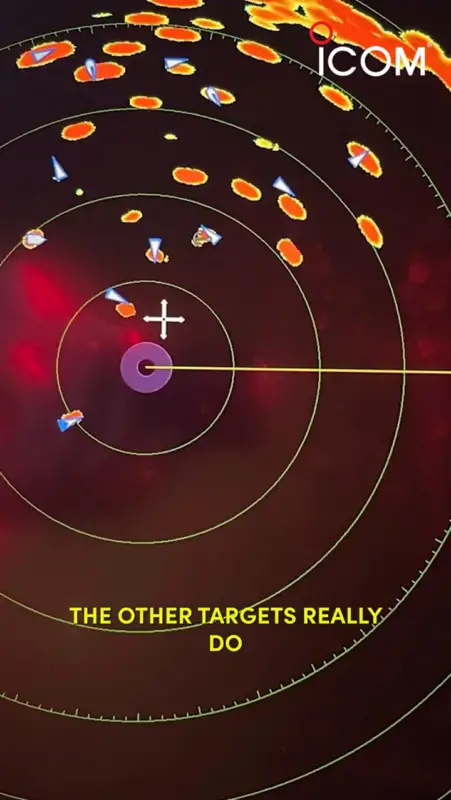How Media Production has Evolved with IP Infrastructure Implementation
Daniel Litwin, the Voice of B2B, chatted with two AV thought leaders—Karl Paulsen, Chief Technology Officer of Diversified, and Charlie Dunn, Senior Vice President of Tek Video Business Unit from Telestream. Paulsen has been involved in the media and entertainment space since college and now works in systems integration, while Dunn started as an engineer, then moved to the entertainment sector, and has worked with the Tektronix test group for ST 2110 for the past five years.
Live media and studio production’s move to IP is a paradigm shift in the evolution of the signal system infrastructure. Since the 2017 introduction of SMPTE’s ST 2110 standard the steady adoption of IP, even through the challenges of COVID, continues. Dunn explained, “The biggest obstacle isn’t so much the technology that’s being deployed, it’s having staff that are transforming from one technology to another.”
SDI deployments once centered on good physical layer signals. Today, a different set of critical elements, like packet distribution, is the new domain. “In the old world, system timing was important and straight forward. In the new world, timing became more complicated because it’s a combination of old and new timing elements working together,” he clarified.
In SDI facilities, routing control was confined to the router itself and each device was either an SDI source or destination. In an IP infrastructure, the control system communicates with every source and destination, enabled by the NMOS specifications, which harmonizes essential communications. IP will ultimately become a simpler way to set up and manage an infrastructure, but today it’s a layer of complexity that people need to learn.
Before IP, studio distribution was a factor based on a fixed size SDI router, which limited its scalability. IP removes those boundaries, adding scalability of undefined dimensions. “In addition to the scaling benefits,” Paulsen explained, “IP enables multiple video formats and resolutions to operate on the same infrastructure. Gone are individual reference systems needed for each format. IP enables a larger and vastly different system architecture.”
To learn more about advancements in media production from Paulsen and Dunn, you can visit onediversified.com, telestream.net or connect via LinkedIn.







